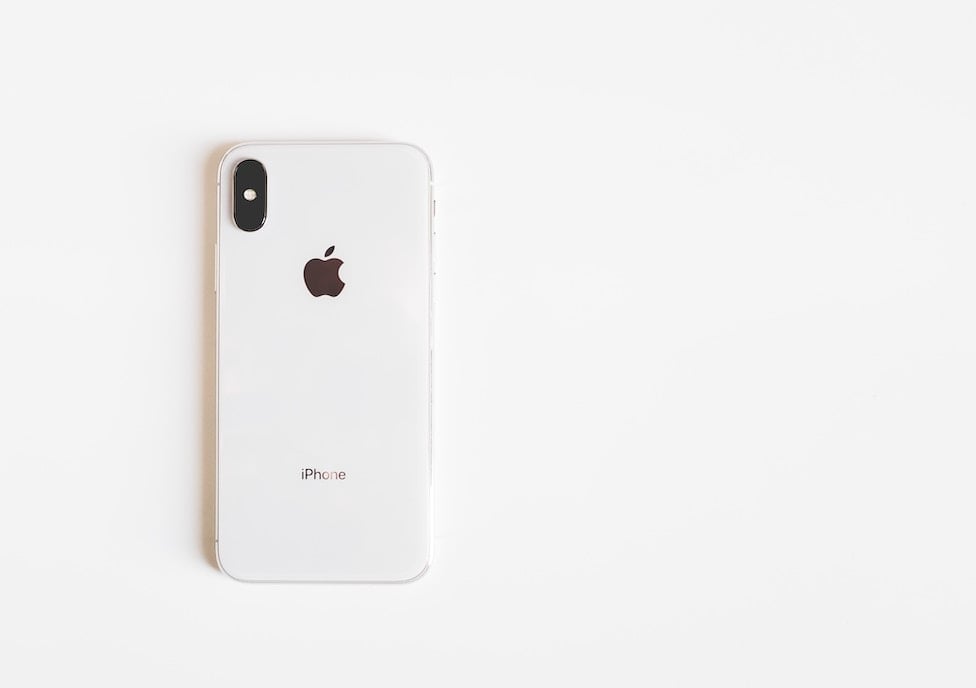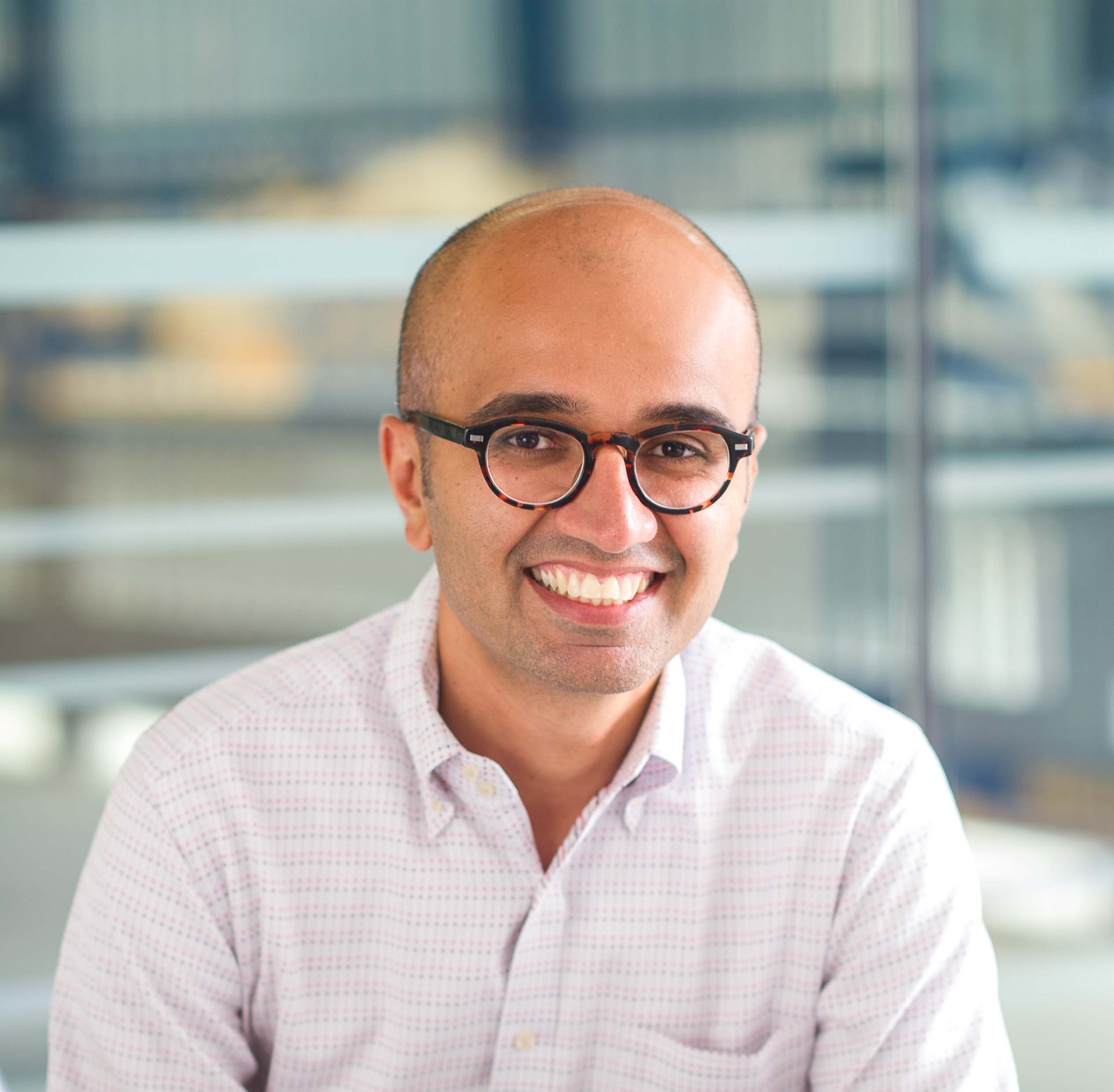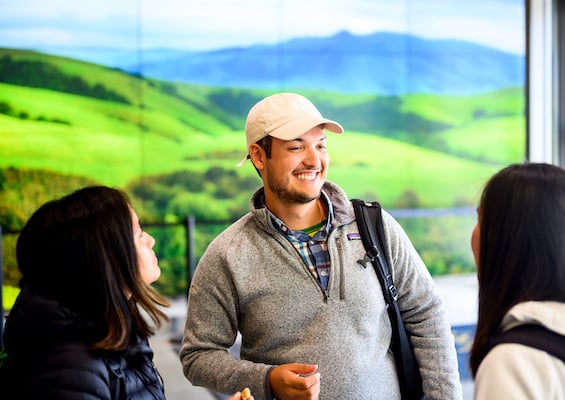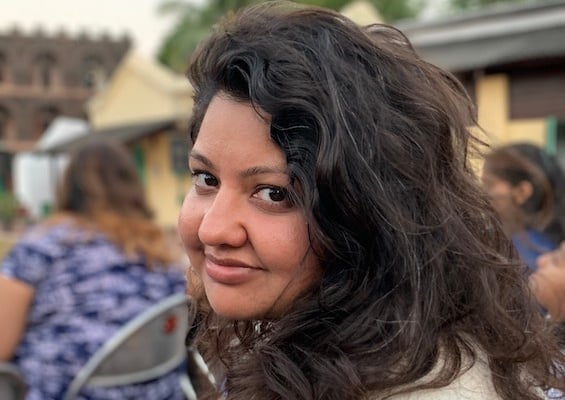In 2017, Apple announced it would be purchasing the music application Shazam, and in 2018, the roughly $400 million acquisition was finalized. Though you might be familiar with the app, you might be unfamiliar with its story. Specifically, that two of the co-founders, Chris Barton and Philip Inglebrecht, were classmates at UC Berkeley, and the idea of Shazam was developed at the Haas School of Business.
The creation of Shazam
 1999 was the year that UC Berkeley MBA student Chris Barton had the ‘aha’ moment that would change his life forever.
1999 was the year that UC Berkeley MBA student Chris Barton had the ‘aha’ moment that would change his life forever.
Barton came to Haas with the idea to develop radio-monitoring software, but he didn’t know what the end goal would be. At the time, Barton thought his technology would be best used in radio stations, and worked to figure out
- How would the technology be used?
- How would it be applicable in the current market?
- How would competitors keep pace with their technology?
However, after taking a Strategic Innovation course, taught by Costa Markides, Barton had a realization. Markides’ emphasis on unconventional thinking and innovation in the business world pushed Barton to change his perspective on how his radio-monitoring technology could be used.
In a 2015 interview with Danielle Newnham, co-founder of @fequalsHQ, Barton explained how he adjusted his thinking from a technology suited for radio stations to one that would better serve consumers.
“What if someone could identify the song using the actual sound of the music captured over the mobile phone? Then, they would not need to know what the radio station was playing at all because they would actually identify using the sound of the music itself.”
At that moment, Barton was ready to start Shazam.
Meet Shazam’s dream team
Barton wasted no time founding his new company. Still, he knew he needed help bringing his idea to market, and he began to assemble his dream team.
The result was a team comprised of co-founders Philip Inghelbrecht, Dhiraj Mukherjee, and Avery Wang.
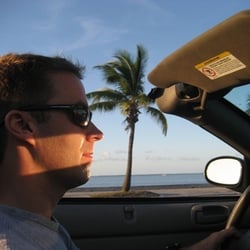 Inghelbrect attended the Haas School of Business alongside Barton. Inghelbrect has said that earning his MBA in the Bay Area during the late 1990s fostered his passion for technology. He also believes the connections he made and the experiences he had there directly influenced his ability to co-found Shazam.
Inghelbrect attended the Haas School of Business alongside Barton. Inghelbrect has said that earning his MBA in the Bay Area during the late 1990s fostered his passion for technology. He also believes the connections he made and the experiences he had there directly influenced his ability to co-found Shazam.
 Mukherjee was a long-time friend of Barton’s and an MBA student at Stanford. When assessing who should join the executive team, Inghelbrecht and Barton determined that Mukherjee’s leadership and operational skills were amongst his greatest assets. Inghelbrecht said, “[Dhiraj] brought a lot of product and operational expertise to the business, something I knew very little about. He did so with a calm, zen, and diplomacy.”
Mukherjee was a long-time friend of Barton’s and an MBA student at Stanford. When assessing who should join the executive team, Inghelbrecht and Barton determined that Mukherjee’s leadership and operational skills were amongst his greatest assets. Inghelbrecht said, “[Dhiraj] brought a lot of product and operational expertise to the business, something I knew very little about. He did so with a calm, zen, and diplomacy.”
 Barton, Inghelbrecht, and Mukherjee needed one final person to complete their dream team: an expert in sound. By leveraging their network of professors from Stanford and Berkeley, they found Avery Wang. Though he earned his PhD in Auditory Scene Analysis at Stanford, Wang said his early exposure of technology began at UC Berkeley.
Barton, Inghelbrecht, and Mukherjee needed one final person to complete their dream team: an expert in sound. By leveraging their network of professors from Stanford and Berkeley, they found Avery Wang. Though he earned his PhD in Auditory Scene Analysis at Stanford, Wang said his early exposure of technology began at UC Berkeley.
“I’d constantly pester my parents to take me to the Lawrence Hall of Science in Berkeley so I could get some computer time on a 10 character-per-second teletype terminal that printed on a roll of paper.”
The timeline of Shazam
Shazam started from humble beginnings, with students who had a vision and foresight but still needed more information to fine-tune their product. The evolution of Shazam came from in-market learnings and opportune changes within the marketplace.
2002: Shazam initially deployed in the U.K. market only, and was known as ‘2580.’ The numeric code represented the phone number consumers could dial to initiate the music recognition process. After a 30-second phone call, a consumer would receive a text message detailing the song title and artist name.
2004: In partnership with the now-defunct San Francisco-based company, Musicphone, Shazam deployed in the U.S. market on the AT&T Wireless network.
2006: Shazam’s product first became monetized in the U.K. and users that initiated a text were charged £0.60 per request, or given the option to pay a flat monthly fee of £4.50.
2008: In 2007, the iPhone was invented, and subsequently, the App Store. In 2008, Shazam launched its free app to the App Store, which allowed users to open iTunes and buy songs directly after Shazam identified them. According to a 2018 article in TechCrunch, Shazam was one of the first apps available in the App Store.
2009: According to CNBC, by 2009, Shazam had been downloaded by more than 10 million users. Roughly 8 percent of consumers purchased a track directly after requesting the song title and artist from Shazam’s app.
2011: CNET reported that Shazam was the 4th most downloaded app on the App Store of all time.
2012: Shazam had over 225 million users in more than 200 countries.
2014: The release of Apple’s iOS 8 was a significant turning point for Shazam as the new operating system integrated the music recognition software into Siri’s functionality.
2016: Snapchat integrated Shazam’s technology so users could identify music playing in Snapchat videos by pressing and holding the camera screen.
2017: Apple announced the acquisition of Shazam for $400 million, and in 2018, the purchase was finalized.
Finding inspiration in the right places
The story of Shazam ends prosperously for Chris Barton, Philip Inghelbrecht, Dhiraj Mukherjee, and Avery Wang. But their success isn’t an outlier. It was a result of learning innovation during their MBA studies, ongoing dedication, and their ability to leverage their networks successfully.
The exposure to Berkeley professors and classmates allowed the Shazam leadership team to improve and iterate on their concept, find like-minded people to share their vision, and execute on a product that found massive market success.
Your story is next.
Are you ready to be inspired? If you’re looking to foster your entrepreneurial spirits like Barton and Inglebrecht, learn how Berkeley can help.




